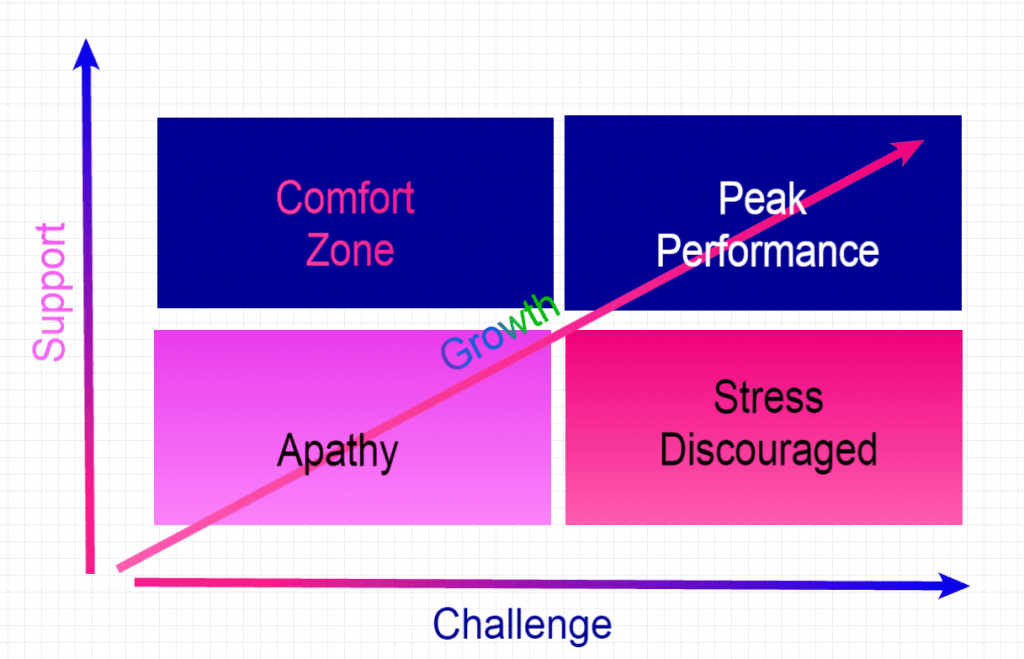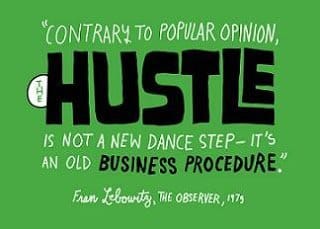Episode 11: Conversation with Dan Putnam
Dan Putnam is a true industry leader that has seen a variety of the different sides of the mortgage business. Dan has advanced through a number of different leadership roles and has experience ranging from brokering, to running a small independent brokerage, to heading up one of the largest national broker franchises, to senior executive […]
Episode 5: The power of the podcast

As I continue to share my podcast with the world I am realizing that I am in fact not the last person on the planet to discover them. I thought I would take the time to talk a little about the value that I see in podcasts in general, talk a little about the technical […]
Episode 4: Two words to avoid in your professional life at all costs
It happened. I caught myself doing it today, September 2, 2014 . I swore I would never do it and there I was doing exactly that. As I started hanging up the phone I knew exactly what I had done. And it pissed me off. But let’s back up. It’s 2006 and I’m travelling back […]
Episode 3: Take my money please!
One of the things that I look for on a daily basis when I interact with other businesses is how they run their sales process and how it makes me feel as a customer . I had an interesting experience this summer that really highlights the need for a “Connecting the Dots” approach to your sales […]
Episode 2: The Challenge/Support Balance

I believe that the path to growth is paved with the right balance of challenge and support. Whether we are talking about an organization or an individual this holds true. Challenge is the catalyst for change. Finding the right balance between challenge and support is critical. If there is too much challenge without enough support […]
Episode 1: Connecting the Dots

If you have followed me on social media at all you know that I love to share. I love to share my experiences and more importantly I love to share my learning moments. I find that sharing really helps me solidify the lesson in my own life and hopefully I can help make an impact […]
Four questions you should ask about your prospect

As sales professionals most of us are, or should be familiar with the term “qualify your prospect”. The question though is what does that really mean in today’s environment? There are a lot more things going on today then in the past when it comes to this concept and I thought we should talk about them. […]
Sell it with a story

Since most of us were small children we have been fascinated with stories. From Dr. Suess to the brothers Grimm, we have all been captivated at one point or another by a great story. We use stories on a daily basis. Whether we are telling tall tales about our weekend to co-workers on Monday or […]
You have to suck before you succeed

[soundcloud url=”https://api.soundcloud.com/tracks/162010475″ params=”color=ff5500&auto_play=false&hide_related=false&show_comments=true&show_user=true&show_reposts=false” width=”100%” height=”100″ iframe=”true” /]Many of the business lessons I’ve learned of late have come from my experience as an amateur triathlete. It is interesting having conversations with individuals who have watched my journey from the beginning up to my Ironman experience to date. For many who have an interest in fitness I […]
Imagination: How it helped me persuade

Many of us are familiar with visualization techniques in achieving goals. Many of these techniques were popularized by the book “The Secret” published in 2006. Dr. Maxwell Maltz wrote about the power of imagination in his book PsychoCybernetics first published in 1960. Dr. Maltz explores the science of self image and has set many of […]
Want better results? Ask better questions

In a world where we are constantly searching for answers, I was reminded last week at a conference I attended that often times the answer is to question. Huh?!? OK, I know It may sound like some goofy new age thought but often times you can get what you want by simply asking better questions. […]
Everybody do the hustle: new business today is easier than ever

If you want to be successful in any sales career there is simply no replacement for good old fashioned hard work. The bottom line is you will need to get up off your comfy chair and hit the streets making connections. It really isn’t rocket science but for some reason we tend to either forget that, […]
A Tale of Two Tailors: A lesson in sales

OK, well they’re not really tailors. More high end men’s clothing retailers but the alliteration in the title sounded better this way ;0). I really enjoy wearing a nice suit. As a businessman there is nothing more satisfying then getting all decked out in a new suit. This is a story contrasting two different shopping […]
Your most powerful sales tool
[display_podcast]It’s funny how we find that some of our most powerful learning moments don’t come from hearing something new, but usually from looking at something we already know from a new angle. Last week we had Genworth come out and do a training session for our team on Effective Networking and Selling Skills. The presentation […]
ISTAR: Changing lives through communication

Last Friday I had the privilege of being invited to a luncheon for one of the charities that our company supports through our affiliation with REALTORS® Community Foundation. I have to admit I wasn’t quite sure what to expect but had been encouraged to attend. I was honestly expecting a fancy luncheon where they sold donors […]